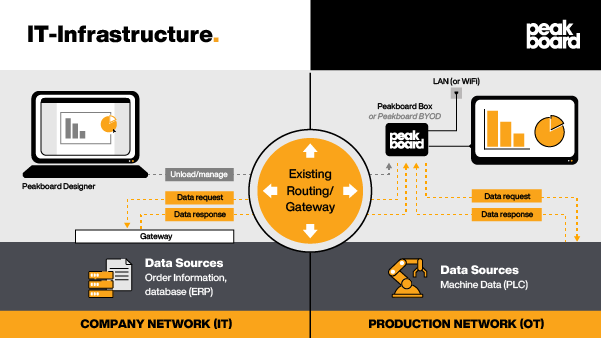
SCADA stands for Supervisory Control and Data Acquisition. It is a system designed to monitor, gather, and analyze real-time data from industrial equipment and processes. SCADA systems also enable control of equipment and automation of tasks, helping industries enhance productivity and streamline operations.
SCADA combines hardware and software to provide operators with centralized monitoring and control capabilities. It connects field devices, such as sensors and actuators, to a control system that delivers real-time data insights and operational oversight.
SCADA systems consist of several key components working together:
1. Sensors and Actuators
2. Remote Terminal Units (RTUs) and Programmable Logic Controllers (PLCs)
3. Communication Networks
4. Human-Machine Interface (HMI)
SCADA systems are deployed in a wide range of industries due to their ability to monitor and control complex processes. Key use cases include:
SCADA systems offer several benefits that make them indispensable in industrial settings:
Modern industrial environments require tools that extend beyond traditional SCADA capabilities. With Peakboard, your organization can gain the insights, flexibility, and efficiency needed to stay ahead in a competitive landscape. Explore how Peakboard can transform your SCADA experience and help you achieve operational excellence.
Chris is a dedicated member of the sales team at Peakboard, where he combines his enthusiasm for technology with a commitment to helping customers achieve data-driven solutions in manufacturing and logistics.